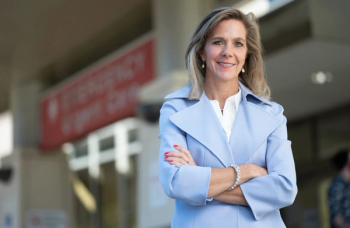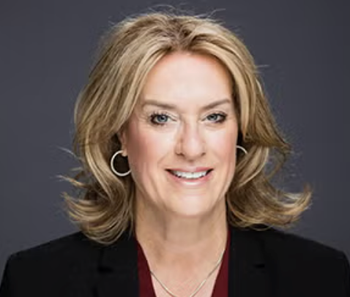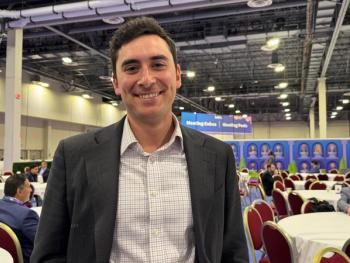
Burnout at Veterans Health Administration has dropped, but remains high
A new study finds reduced levels of burnout since the arrival of COVID-19, but burnout continues to surpass pre-pandemic levels.
The Veterans Health Administration is seeing reductions in staff burnout, at least compared to the height of the COVID-19 pandemic.
But burnout levels remain higher than pre-pandemic years, according to
The analysis finds that there’s work to be done to address levels of burnout and stress at the Veterans Health Administration, the largest integrated health system in the nation.
“The VHA has made several efforts to reduce burnout and stress, and results showed some promise, but exploration of ways to reduce burnout to pre-pandemic levels is needed,” the authors stated.
The VHA, which is part of the Department of Veterans Affairs, operates 172 medical centers and employs more than 419,000 workers. Those numbers could change, as President Trump’s administration has said it aims to trim the VA’s workforce.
In the study, researchers examined levels of burnout from 2018 through 2023. They examined annual survey responses at 140 medical centers, with more than 120,000 participating in 2018 and nearly 170,000 staffers responding in 2023.
Burnout levels across all Veterans Health Administration rose to 35.4% in 2021, peaked at 39.8% in 2022, and dropped back to 35.4% in 2023. The most recent year found burnout still surpassed levels reported in 2018 (30.4%), 2019 (31.3%), and 2020 (30.9%).
Shereef Elnahal, the former Undersecretary for Veterans Health and one of the co-authors of the report, cited the progress in reducing burnout at VHA over the past couple of years, while acknowledging there is still work to be done.
In a post on LinkedIn, Elnahal said burnout and stress haven’t fallen back to the levels before the pandemic, and he also cited
“While times are now ‘calmer’ than the height of the pandemic, burnout still persists at levels greater than pre-pandemic times. Part of that was likely the intense period of change our workforce experience as they implemented the PACT Act, which marked the largest expansion of Veterans health care and benefits in a generation,” Elnahal wrote.
“But part of it is also lingering sense that we just need to do more to support our workforce across different fields,” he added.
Elnahal pointed to the value of the burnout study, with more than 70% of the VHA’s healthcare workers responding. But he said the study offers more than a snapshot of the VHA’s staff.
“In many ways, VA offers the most up-to-date picture on health care worker burnout nationally, as the VA has health care workers serving Veterans in every US state and territory,” he wrote.
The VHA’s primary care physicians reported the highest burnout, with burnout rates rising from 46.2% in 2018 to 57.6% in 2022, before dipping slightly to 56.5% in 2023. Several professions saw burnout levels rise by at least 10-percentage points over that five-year span, including psychologists (from 34.1% to 47.6%) and dentists (from 26.3% to 38.6%).
The authors suggest that in addition to examining ways to reduce burnout among doctors, the VHA should pay attention to high burnout rates among mental health clinicians and social workers, who report high levels of burnout.
While researchers said the reasons for the drop in burnout rates aren’t clear, they suggested that some of the VHA’s changes may have led to progress, such as giving staff more flexibility in where they work and offering more wellness resources. The study also pointed to boosting the healthcare staff to support employees and patients.
The researchers note that the VHA’s progress in reducing burnout shows “improvements are possible,” and health systems should look at ways to reduce stress in order to retain staff.
“We believe there is great value for health care workers and health care systems in documenting changes in burnout rates and studying the influence of proactive organizational efforts,” the authors wrote.
The Department of Veterans Affairs, which includes the VHA, is looking at significant workforce reductions, as the Trump administration
U.S. Veterans Affairs Secretary Doug Collins has said that








































